New research led by researchers at the University of Toronto (U of T) and Northwestern University employs machine learning to craft the best building blocks in the assembly of framework materials for use in a targeted application.
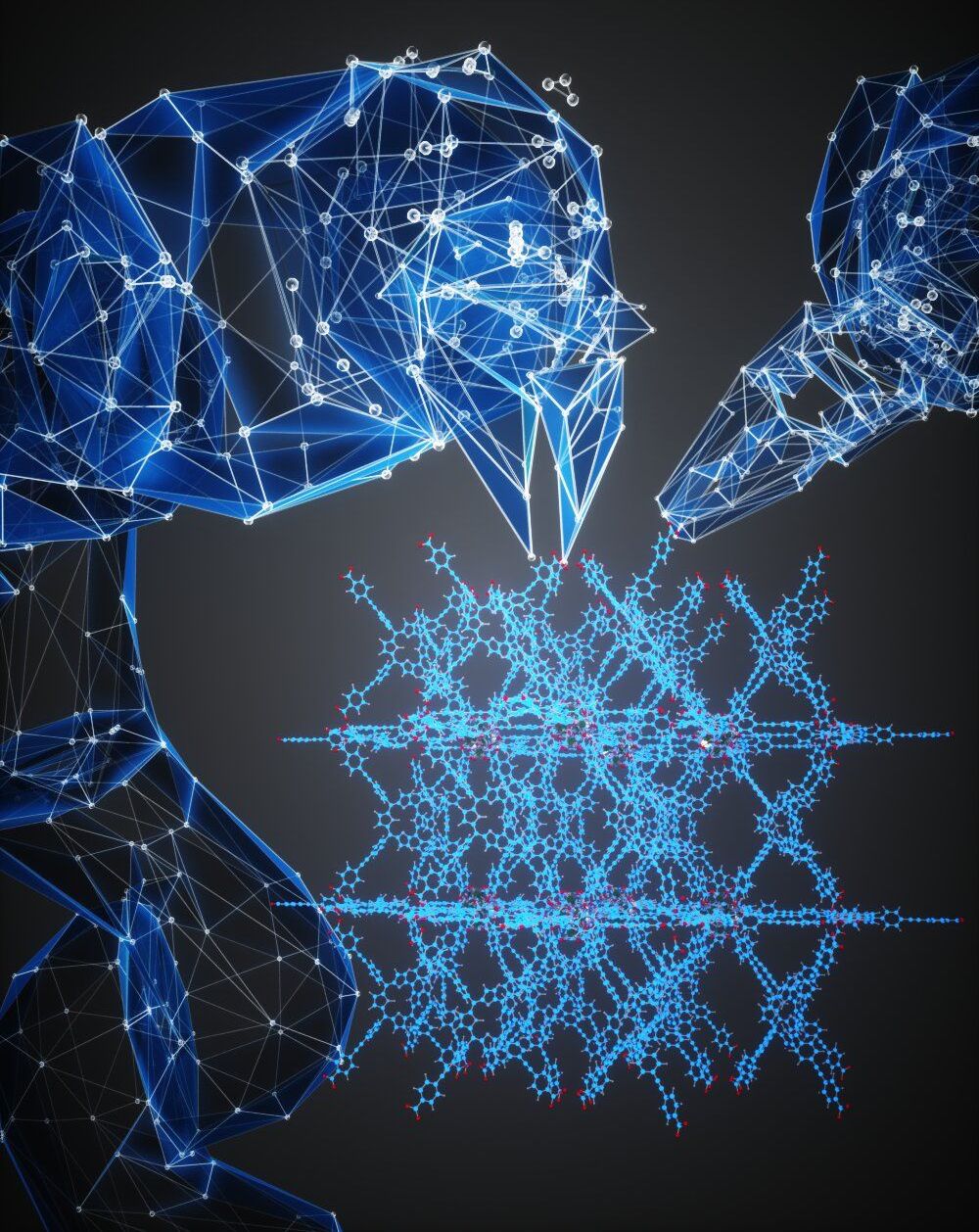

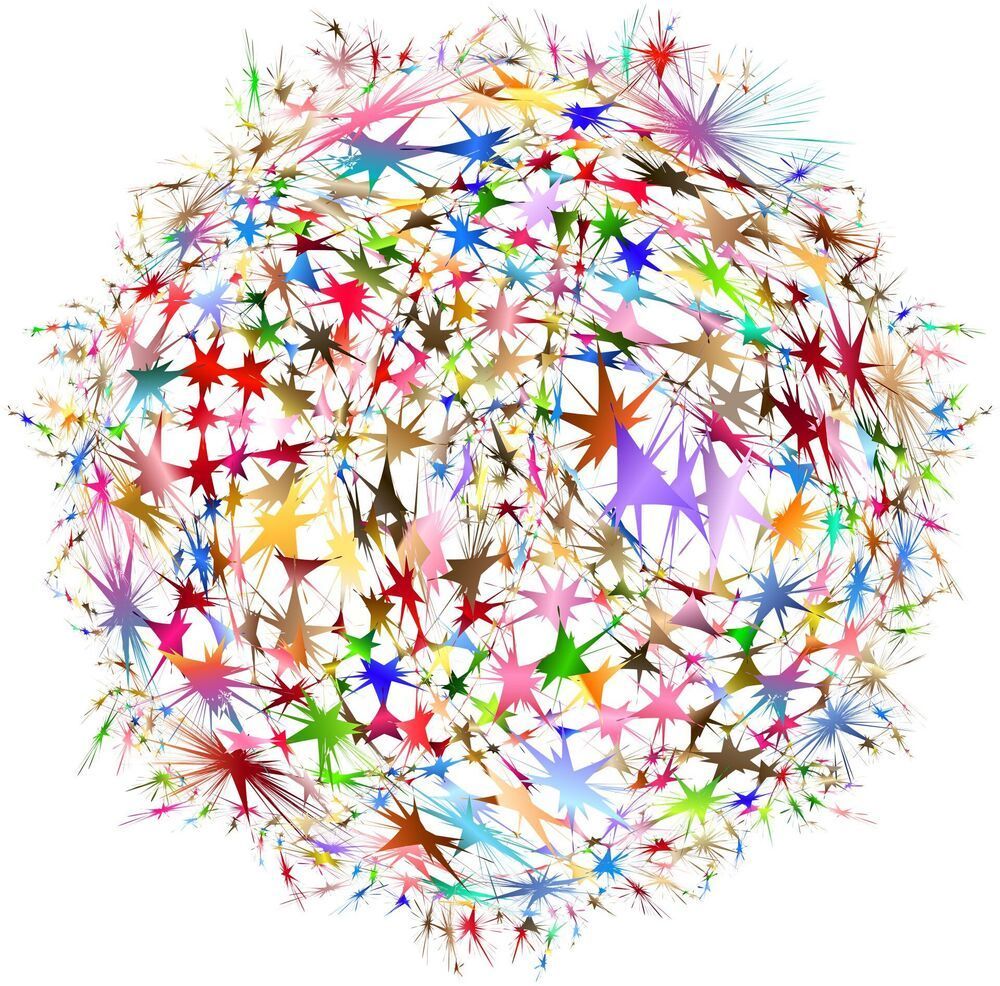
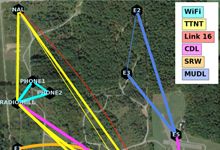
Field tests validate tech that automatically links diverse radio waveforms in contested environments.
Like.
Comment.
A DARPA network technology program recently concluded field tests demonstrating novel software that bridges multiple disparate radio networks to enable communication between incompatible tactical radio data links – even in the presence of hostile jamming. The technology is transitioning to Naval Air Systems Command (NAVAIR) and the Marine Corps, which plans to put the software on a software reprogrammable multi-channel radio platform for use on aircraft and ground vehicles.
Started in 2016, the Dynamic Network Adaptation for Mission Optimization program, or DyNAMO, has developed technologies that enable automated, real-time dynamic configuration of tactical networks to ensure that heterogeneous radio nodes – whether on ground, air, or sea – can interoperate in a contested battlespace.
As a capstone event to conclude the program, DARPA recently demonstrated DyNAMO capabilities in over-the-air field tests at the Air Force Research Lab’s experimentation and test facility near Rome, New York. Diverse military tactical data links, including LINK 16, Tactical Targeting Networking Technology (TTNT), Common Data Link (CDL), and Wi-Fi networks were deployed to the test site. DyNAMO successfully provided uninterrupted network connectivity between all the data links under varying conditions in a simulated contested environment.

Next capture attempts scheduled to occur in spring of 2021
Like.
Comment.
Attempts at airborne retrieval of three unmanned air vehicles, nicknamed Gremlins, were just inches from success in DARPA’s latest flight test series that started on October 28. Each X-61A Gremlins Air Vehicle (GAV) flew for more than two hours, successfully validating all autonomous formation flying positions and safety features. Nine attempts were made at mechanical engagement of the GAVs to the docking bullet extended from a C-130 aircraft, but relative movement was more dynamic than expected and each GAV ultimately, safely parachuted to the ground.
“All of our systems looked good during the ground tests, but the flight test is where you truly find how things work,” said Scott Wierzbanowski, program manager for Gremlins in DARPA’s Tactical Technology Office. “We came within inches of connection on each attempt but, ultimately, it just wasn’t close enough to engage the recovery system.”
Hours of data were collected over three flights, including aerodynamic interactions between the docking bullet and GAV. Efforts are already underway to analyze that data, update models and designs, and conduct additional flights and retrieval attempts in a fourth deployment this spring.
The robot is still “in development.”
Samsung’s Bot Handy has a robotic arm that can pick up laundry, load the dishwasher, set the table, pour wine, and bring you a drink. The robot is still in development.
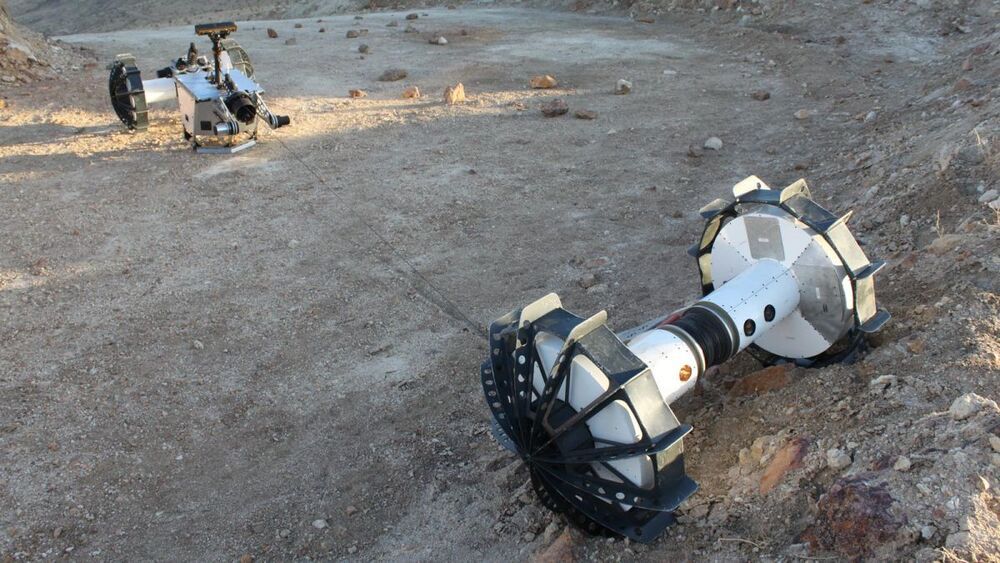
A new “transforming” rover in development at NASA will be able to explore rough terrain unlike any rover before it.
DuAxle (short for dual-Axel) gets its name because it’s made of a combination of a pair of two-wheeled Axel rovers. The Axel rover is a simple, two-wheeled rover with a long tether that connects to a larger vehicle and stabilizes the rover as it descends into and explores craters that other rovers would not be able to handle. The Axel is equipped with a robotic arm that can collect samples, as well as stereoscopic cameras to gather imagery.
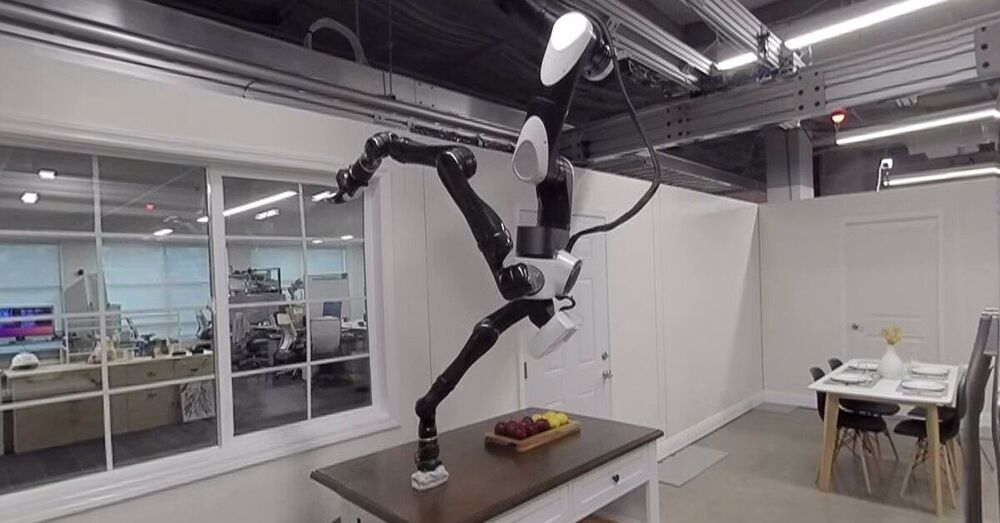

Circa 2015
Last year, Timo Boll challenged the KUKA KR AGILUS in his area of expertise: table tennis. Now, it is up to Timo to prove his qualities in a completely different kind of duel.
The revenge is on. Man and machine are ready. The KUKA KR AGILUS and Timo Boll face each other for a new match. But this time, there are no rackets and no balls – there’s only glass.
Watch this fantastic commercial featuring two worthy opponents that both provide utmost precision, speed and flexibility.
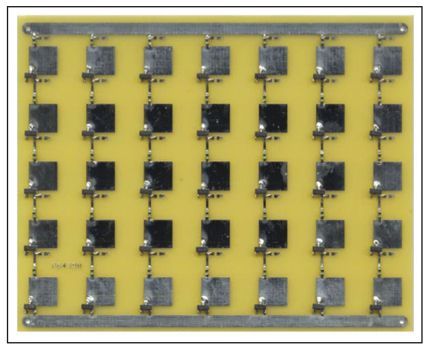
Circa 2010
Unmanned aerial vehicles, or UAVs, are used in many applications to gather intelligence without risking human lives. These aircraft, however, have limited flight time because of their reconnaissance payload requirements coupled with their limited scale. A microwave-powered flight vehicle would be able to perform a reconnaissance mission continuously.
Using beamed microwave energy from a remote source on the ground, the airplane gathers energy using onboard antennas. A rectifying antenna, or rectenna, harvests power and rectifies it into a form usable by an onboard electric motor that drives the propeller, providing thrust. Using a rectenna array affixed to the underside of the aircraft, the power needed to maintain flight can be remotely transmitted.
The idea of a fuel-less flight vehicle, or an aircraft that does not carry its own fuel, has been pursued in few different forms over the past decades. There are many different approaches for how to power these vehicles; however, the common theme is that power must be transmitted from a source remote to the aircraft. Some of the possibilities for power transmission include solar power, the heating of air underneath the aircraft to cause thrust, and using antennas to convert microwave radiation into electrical power.